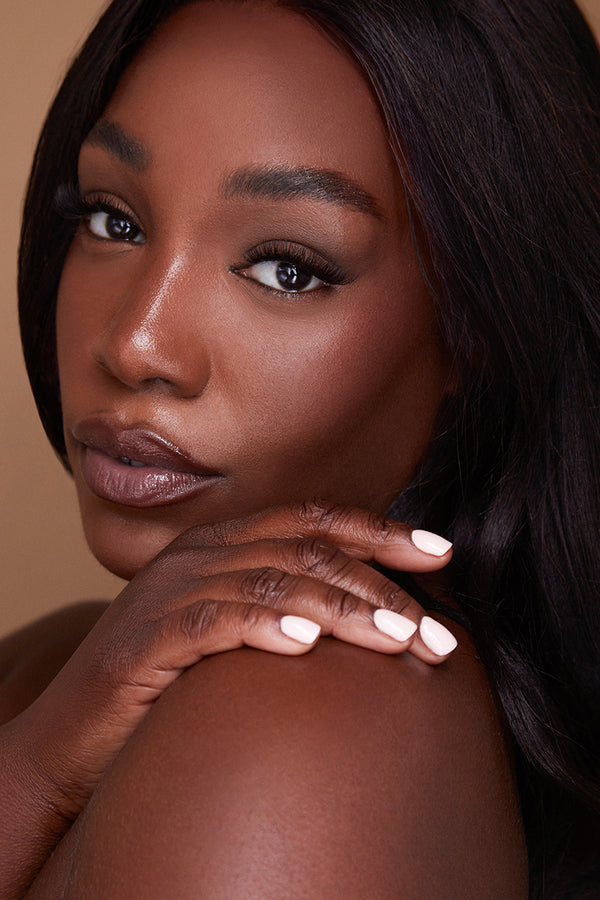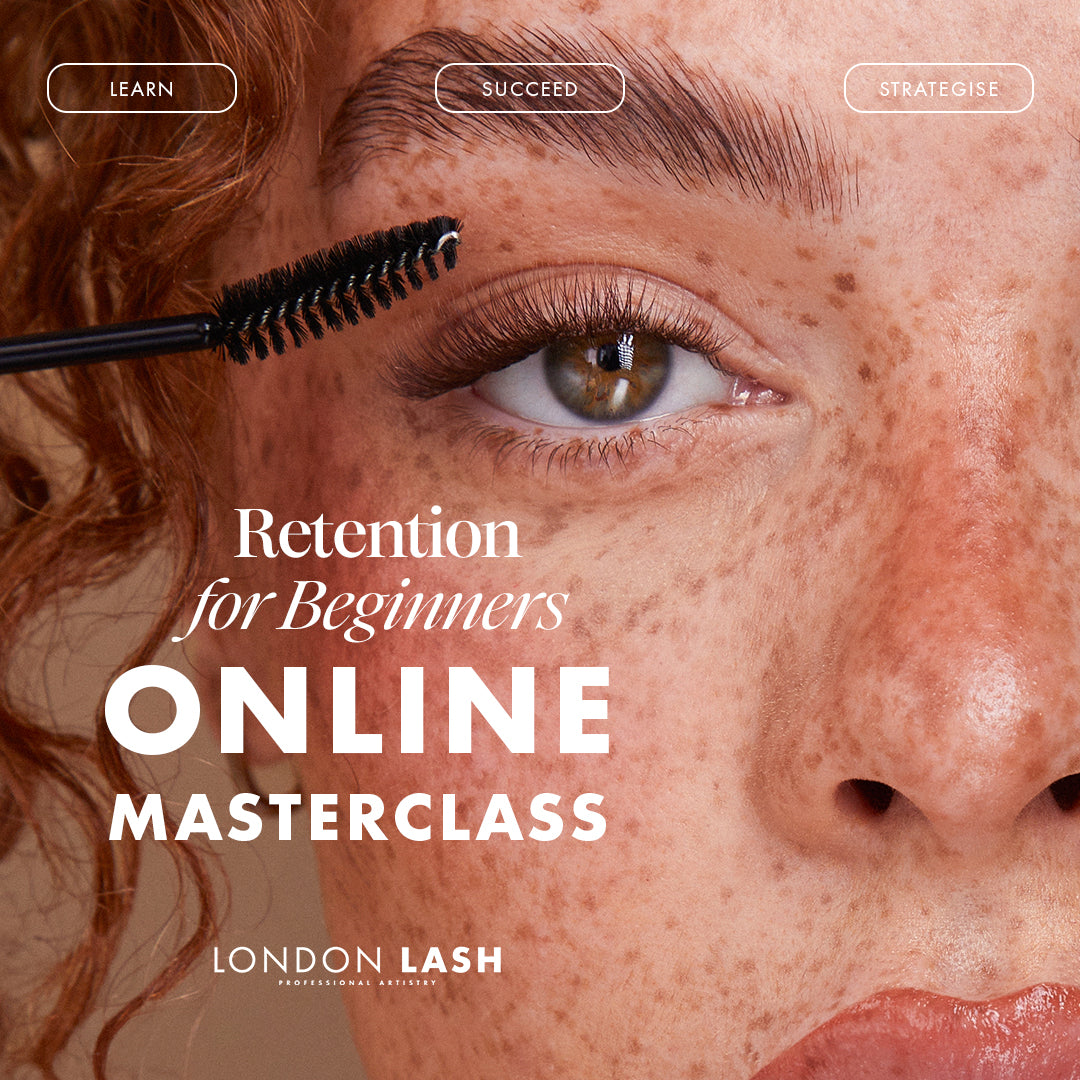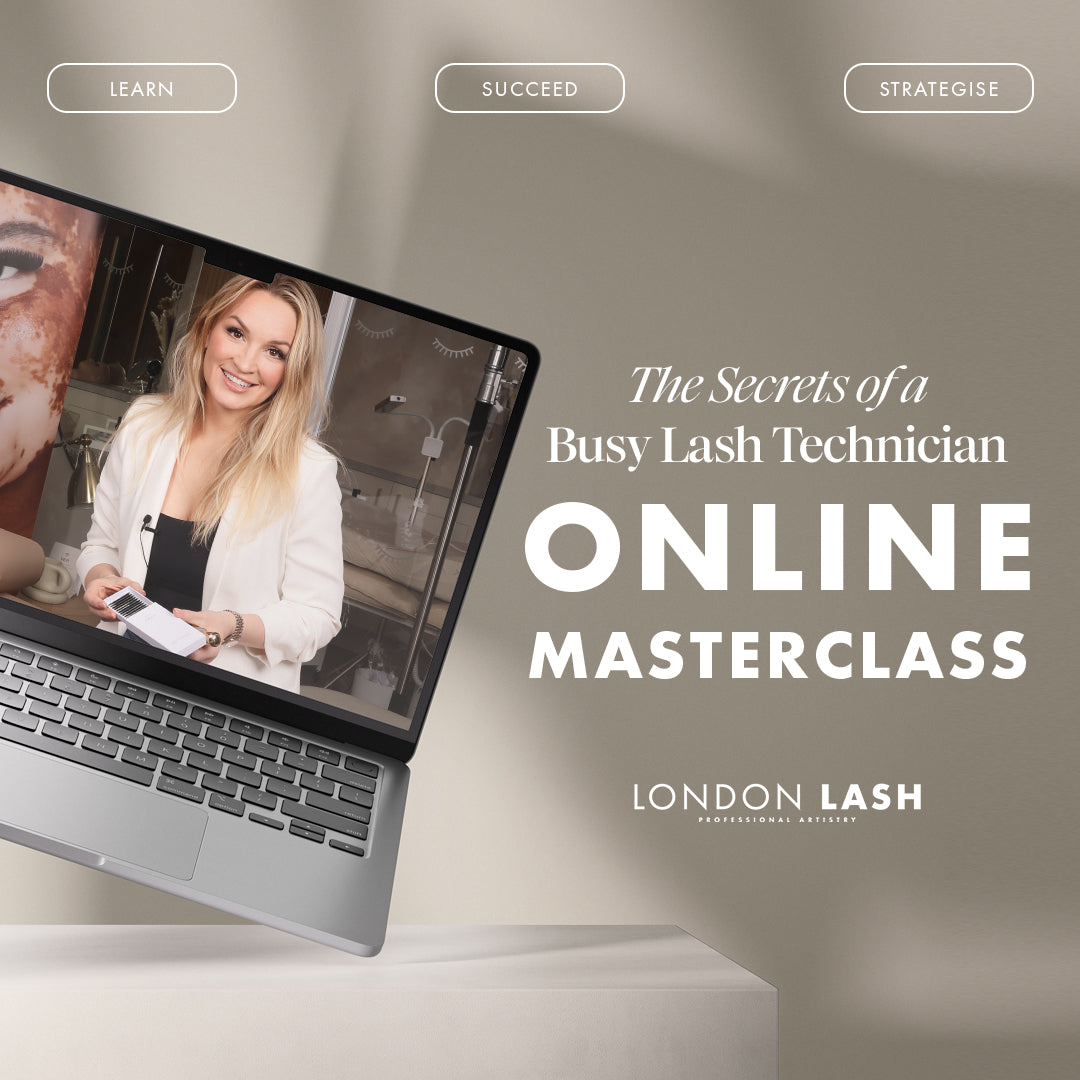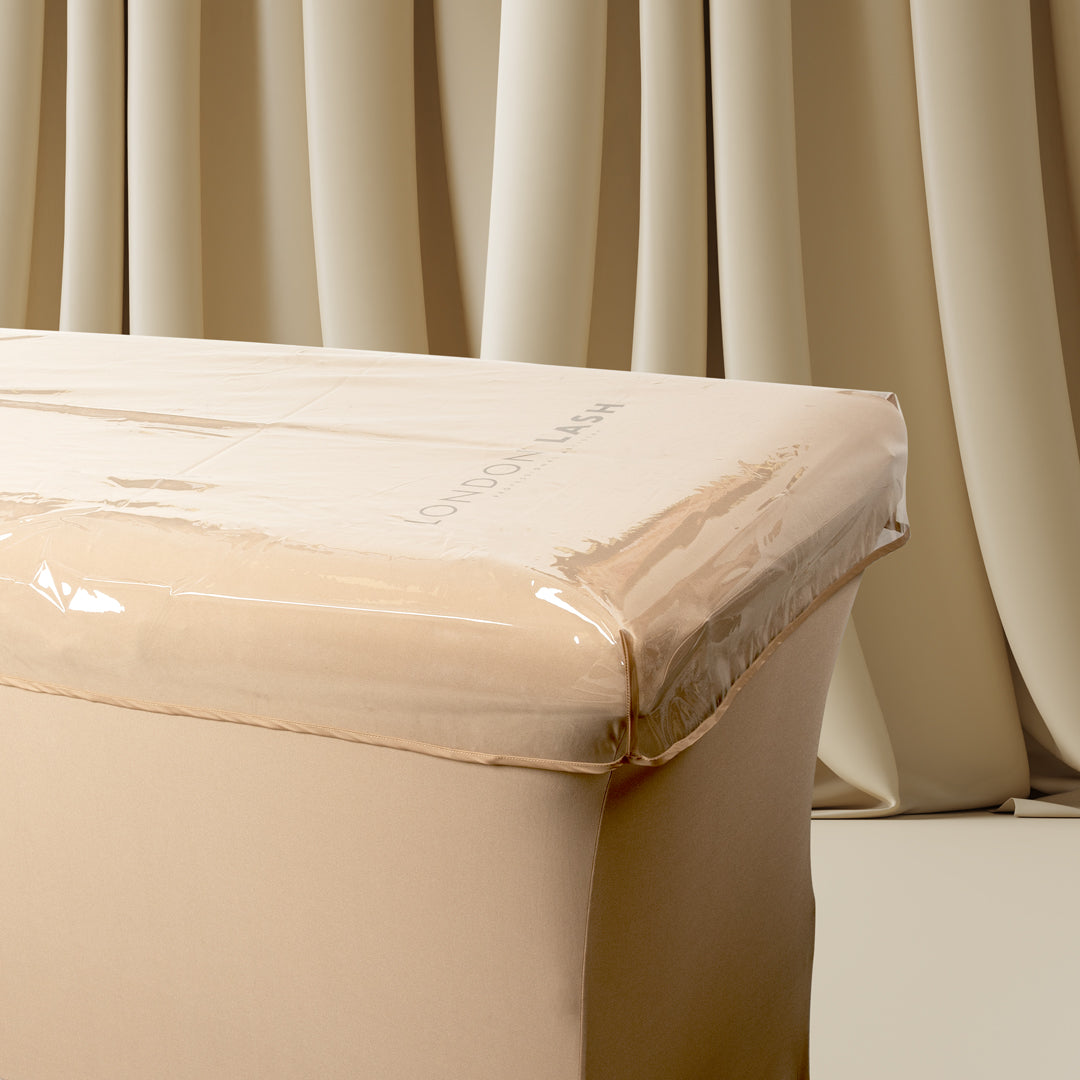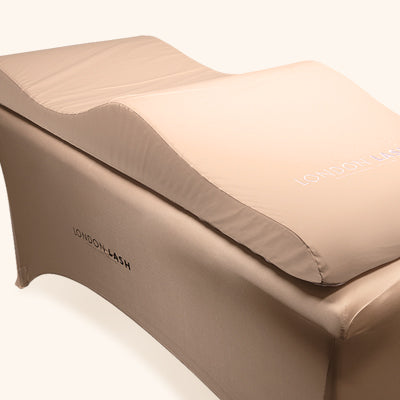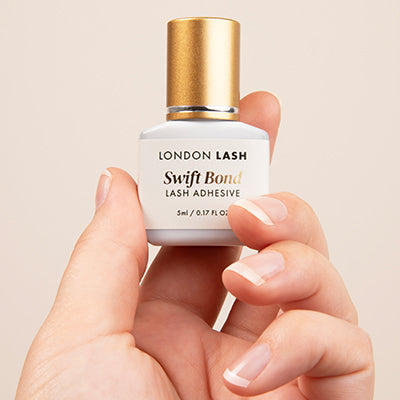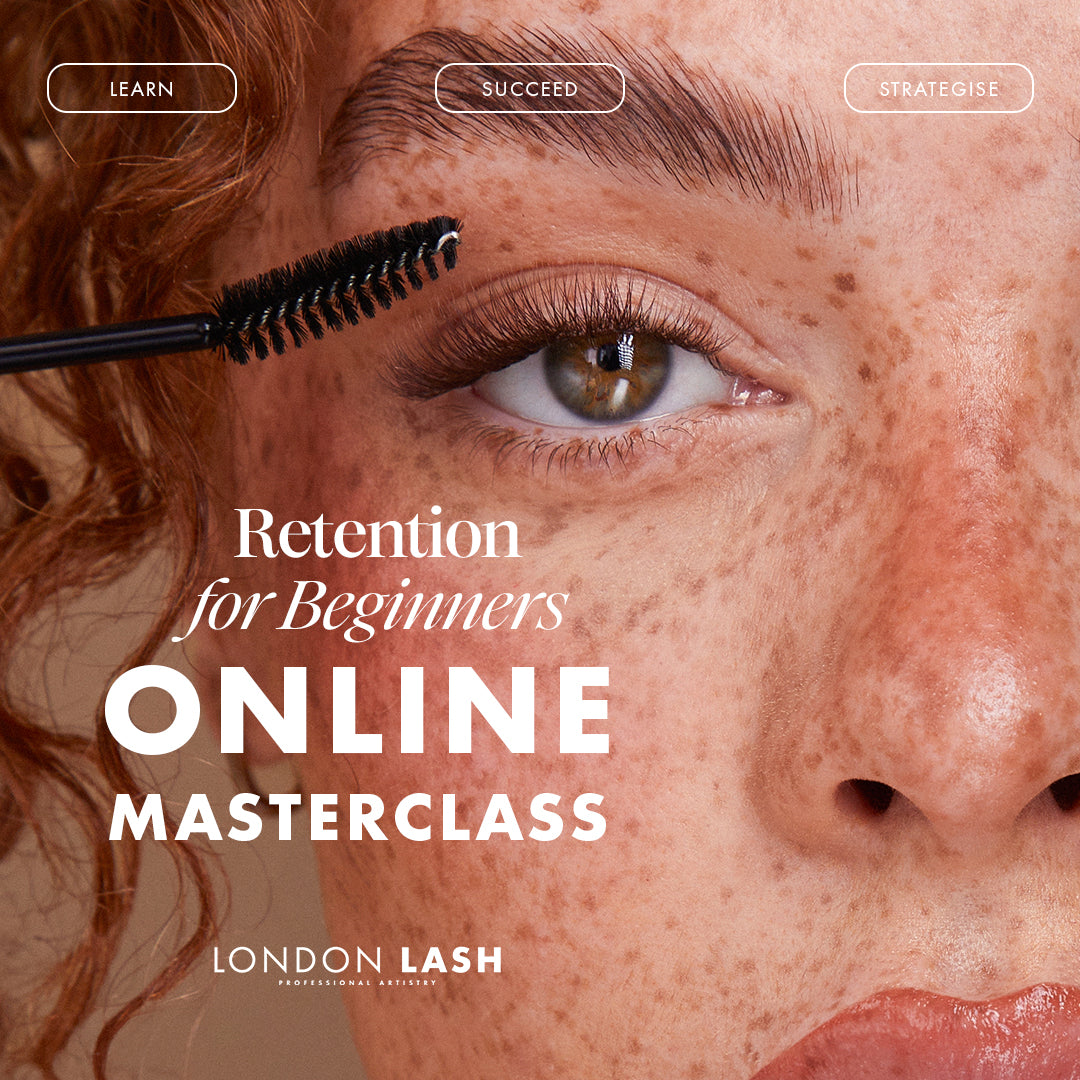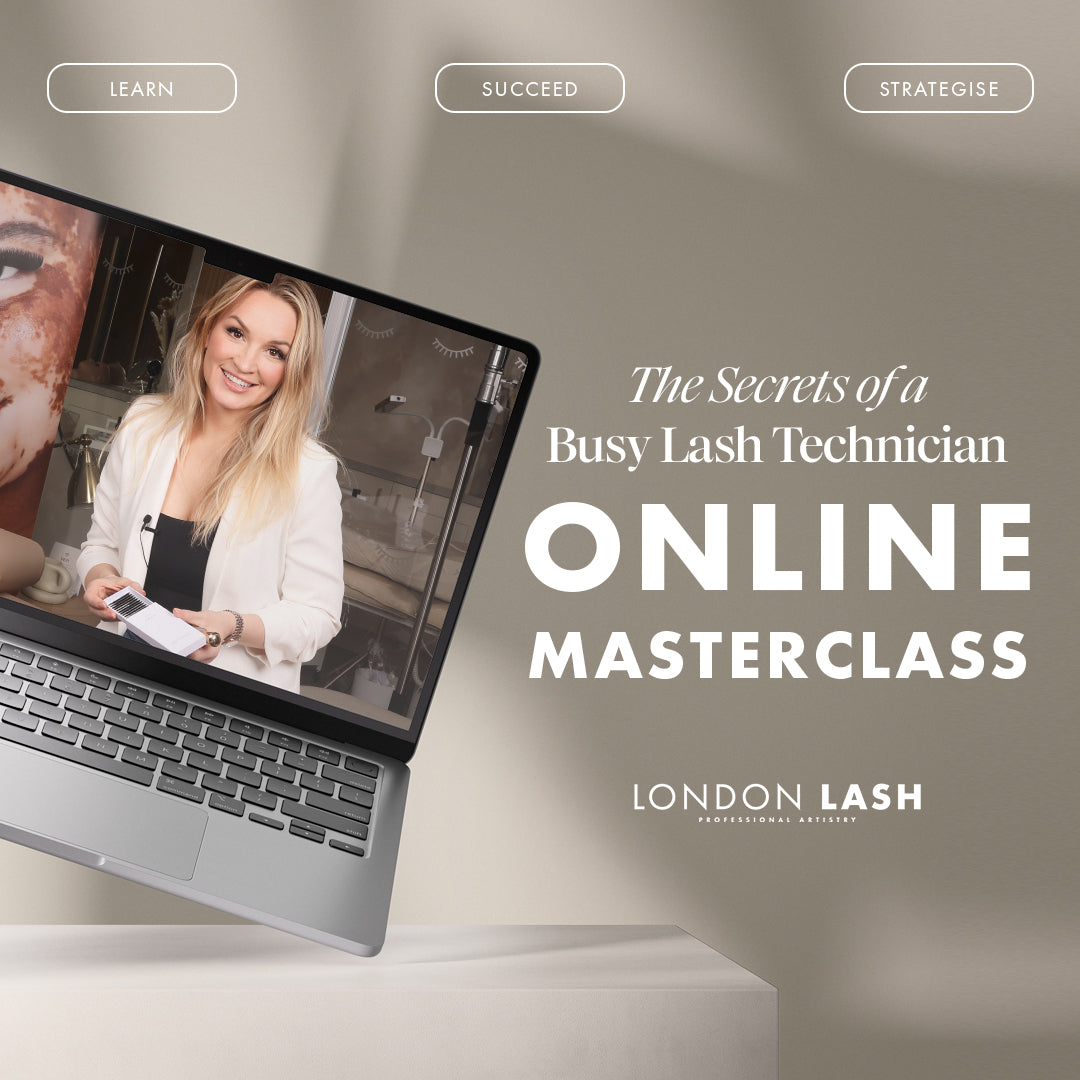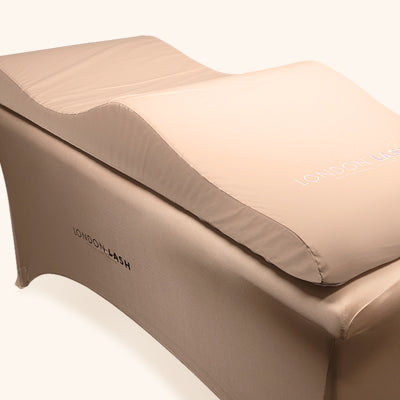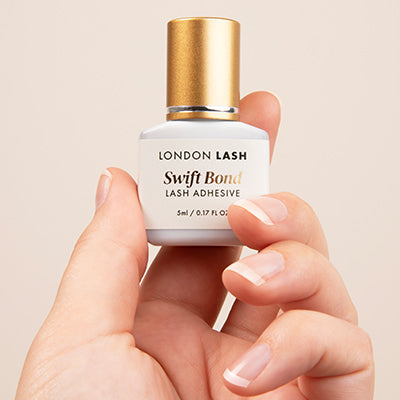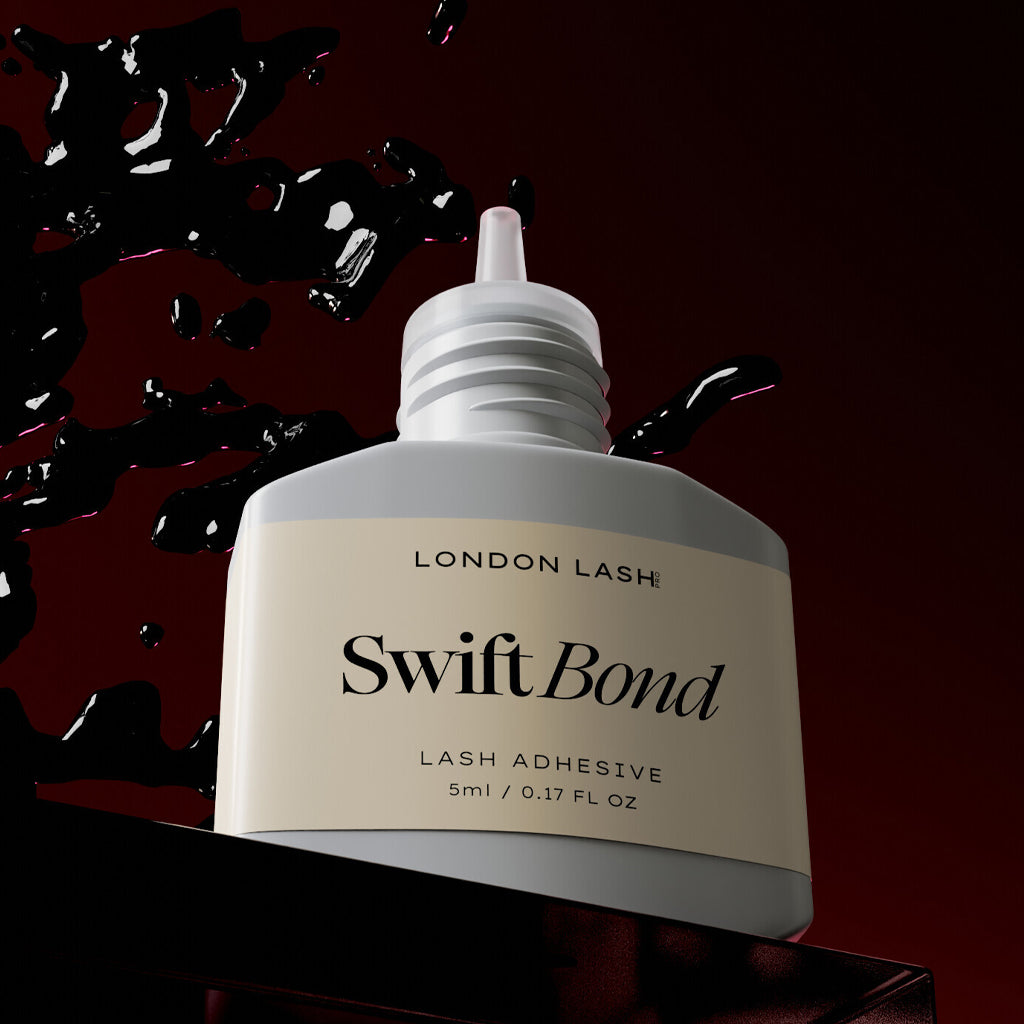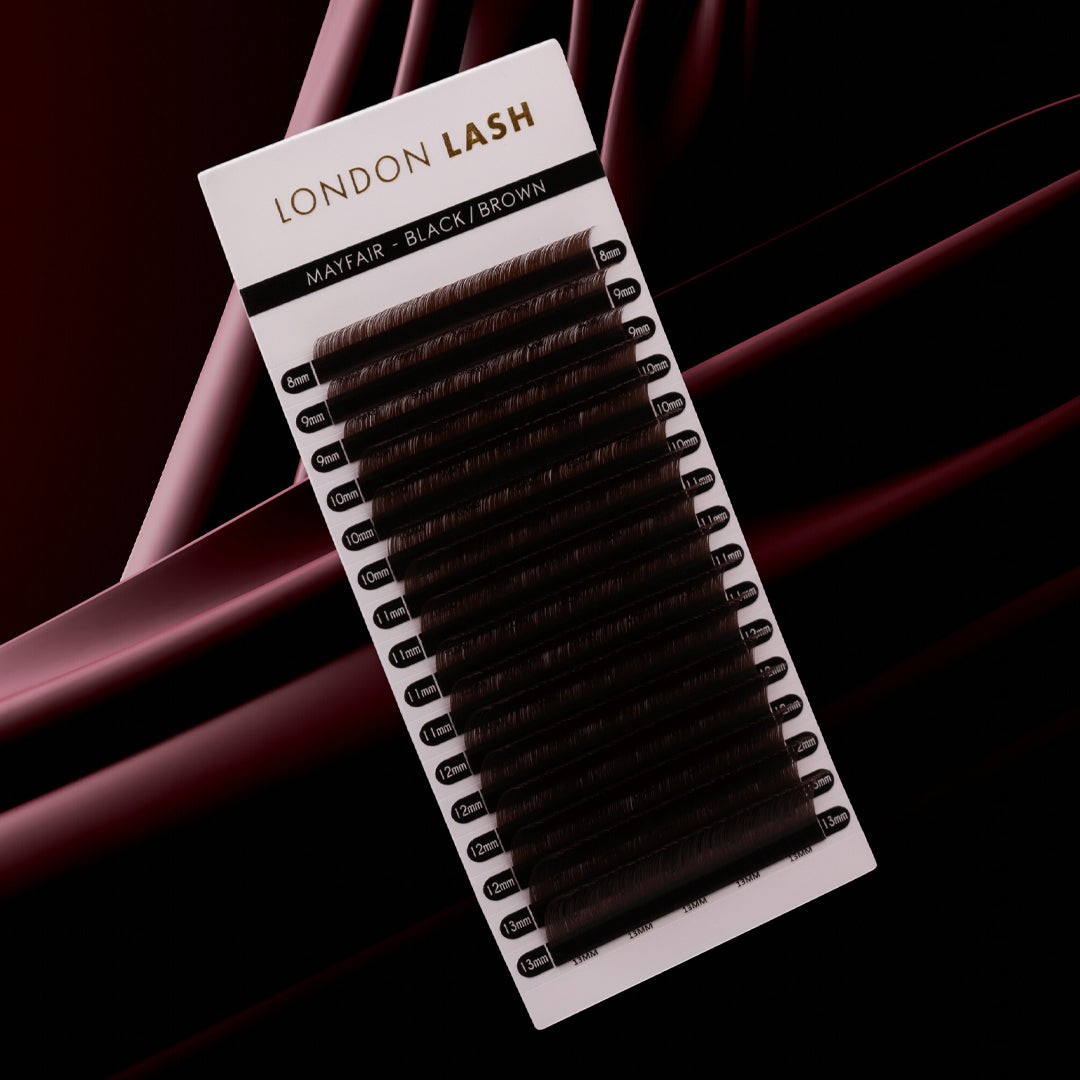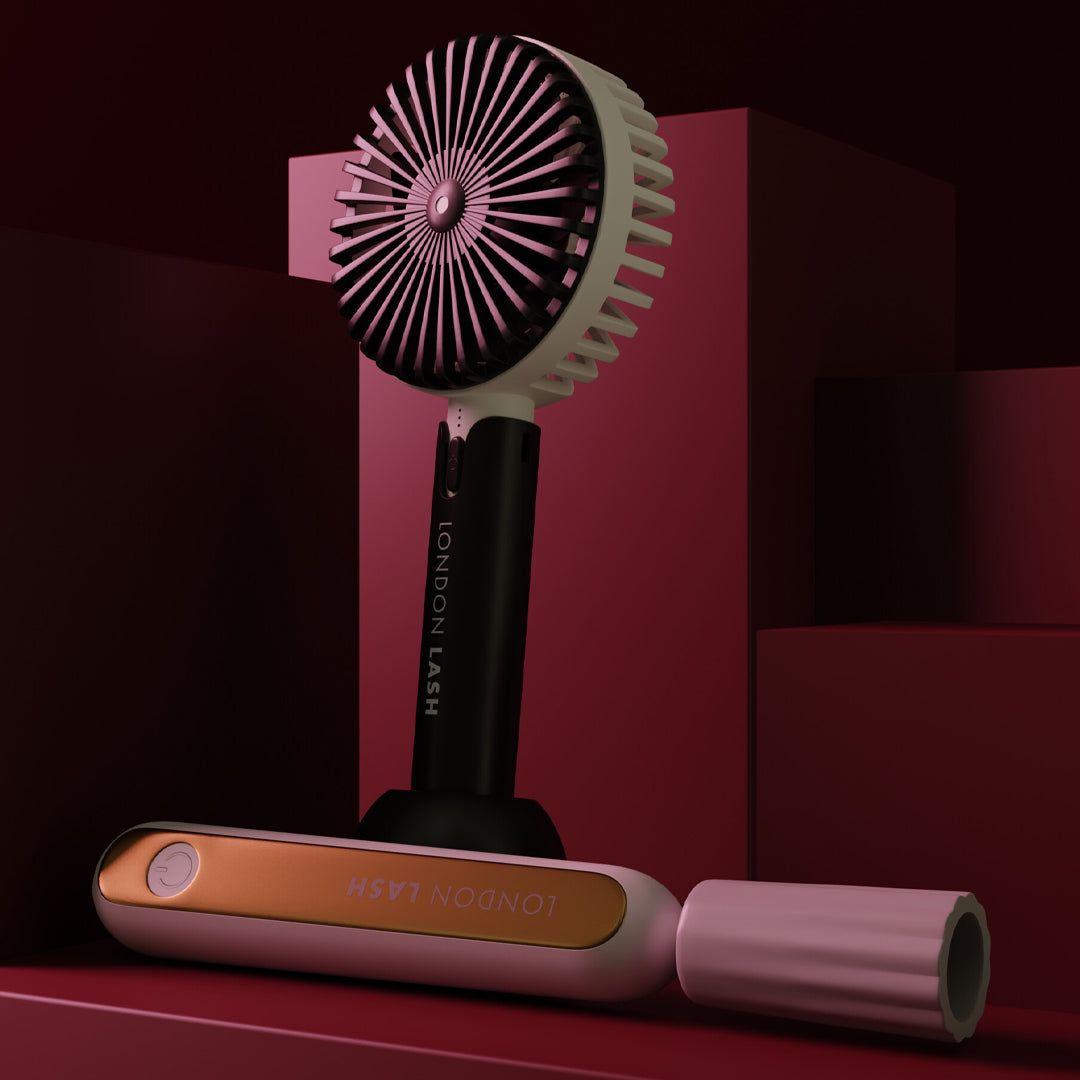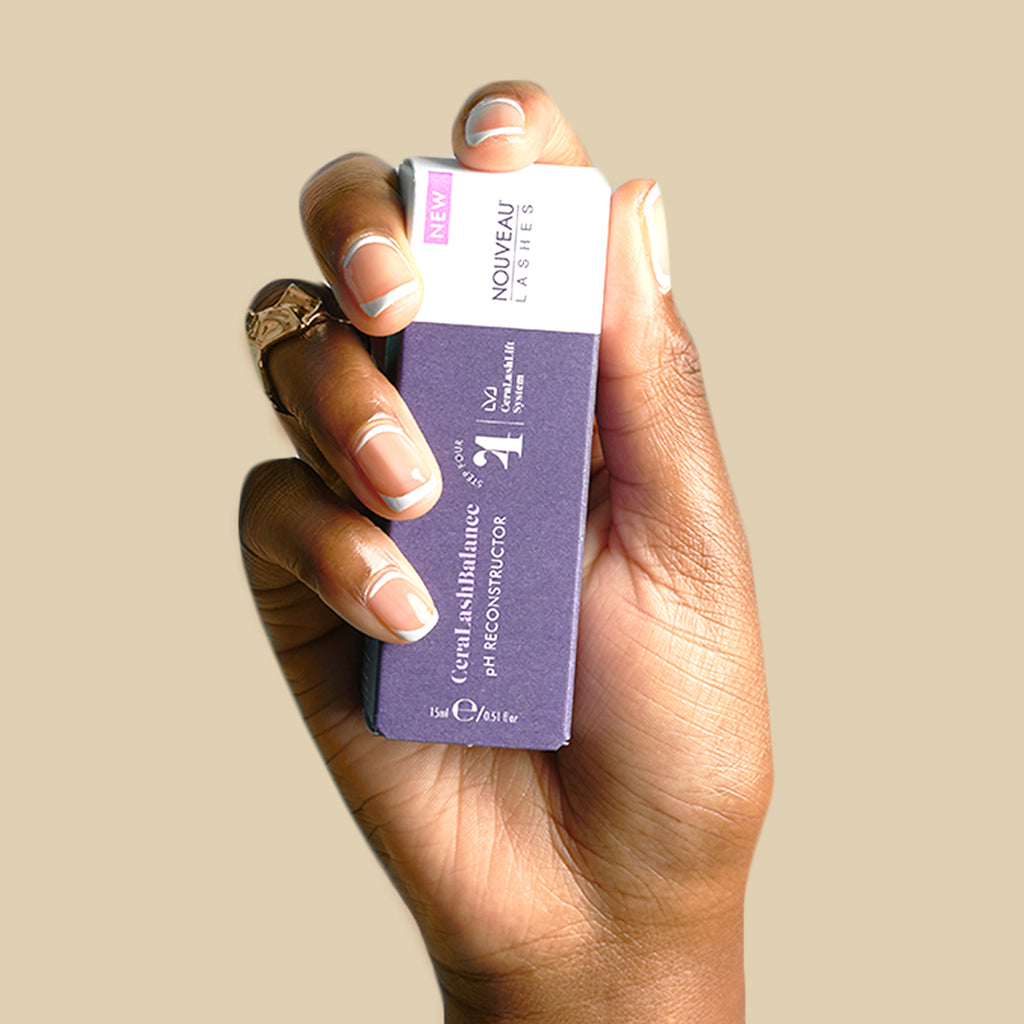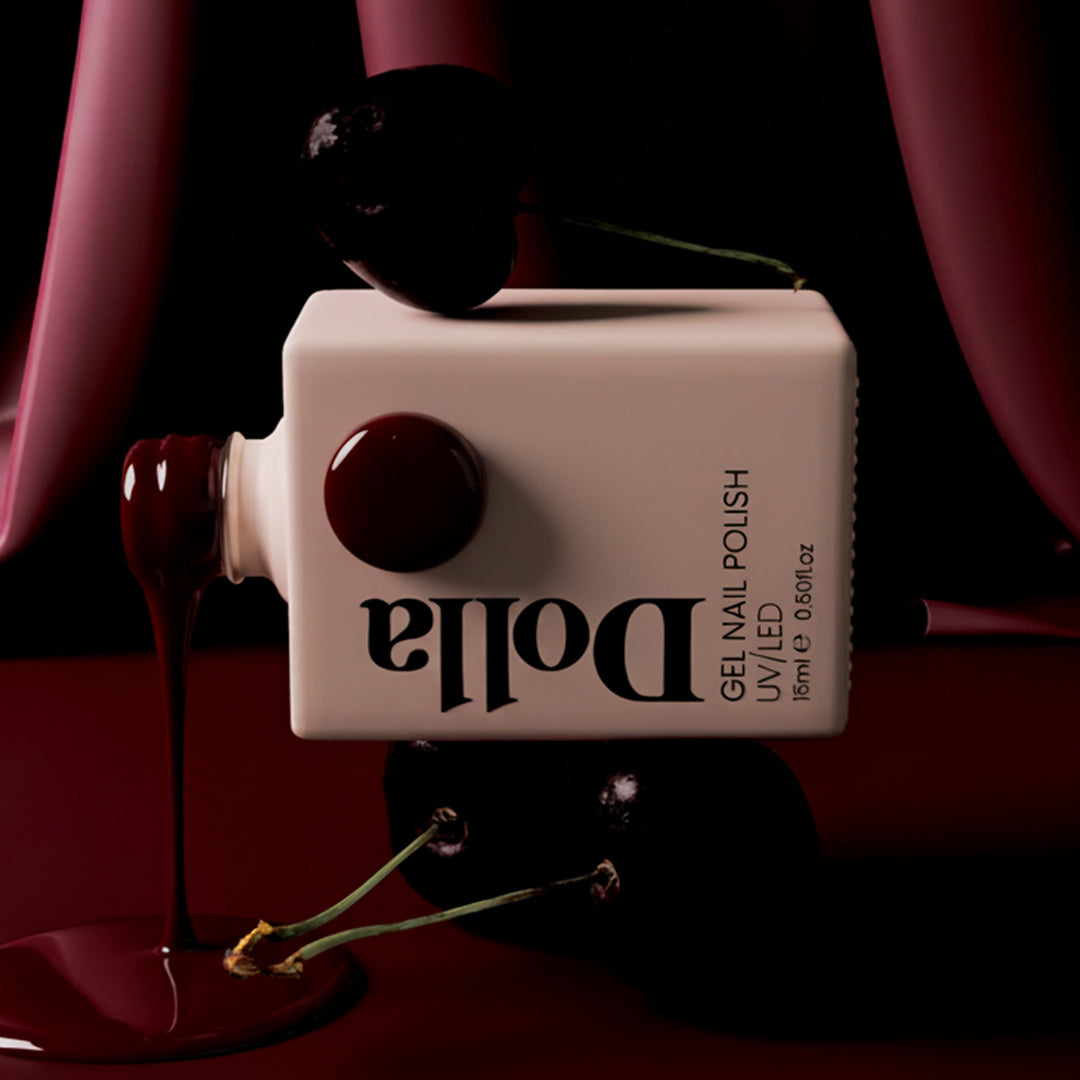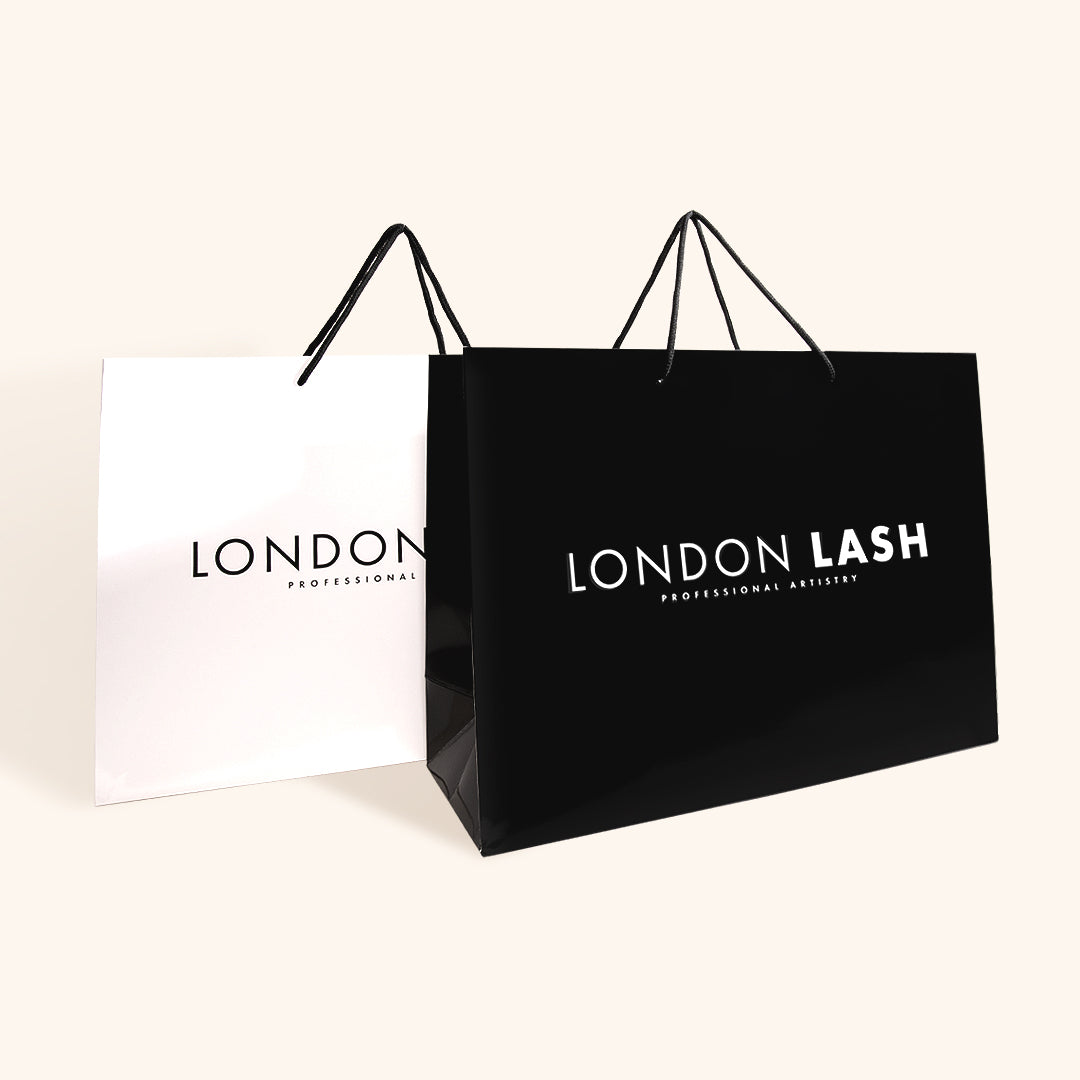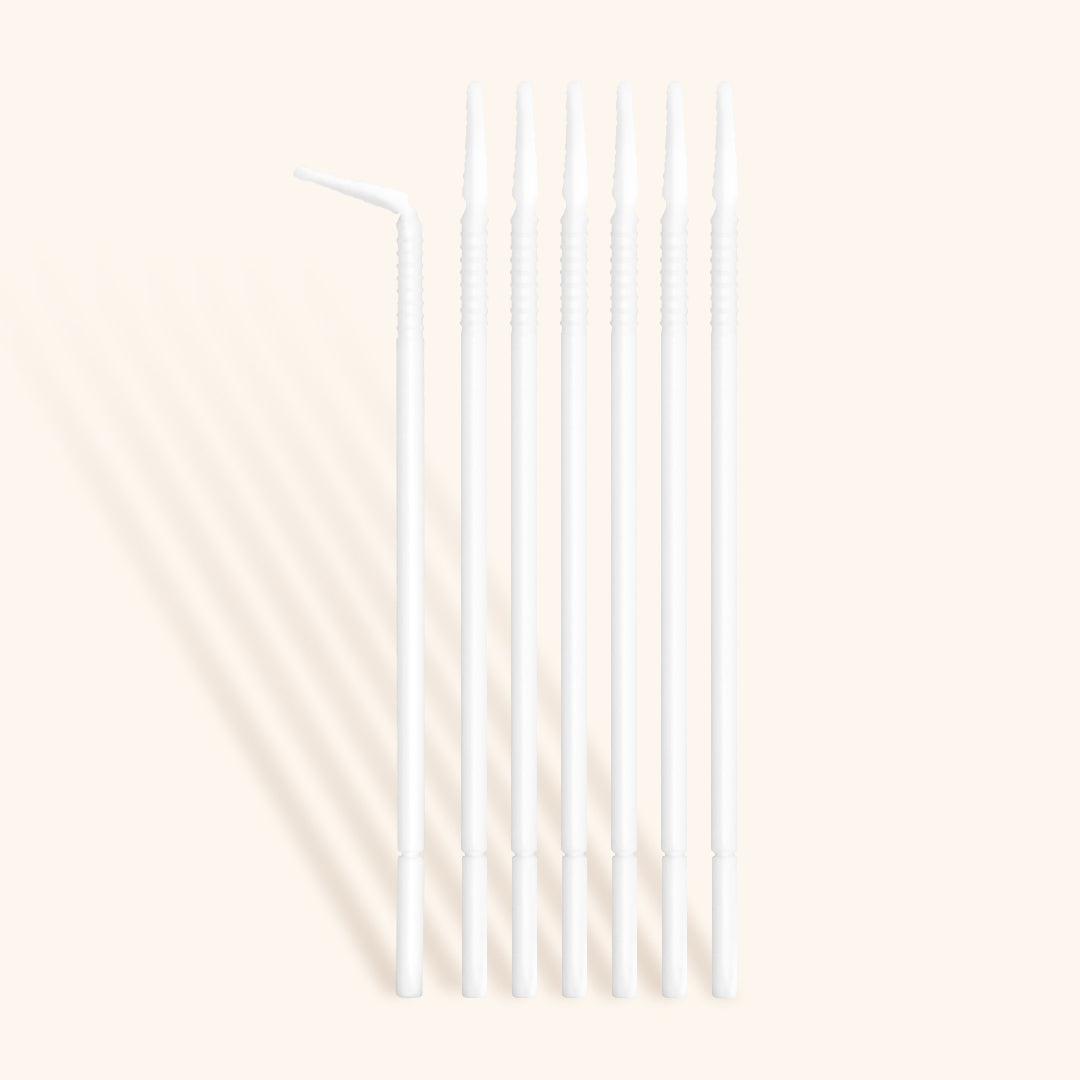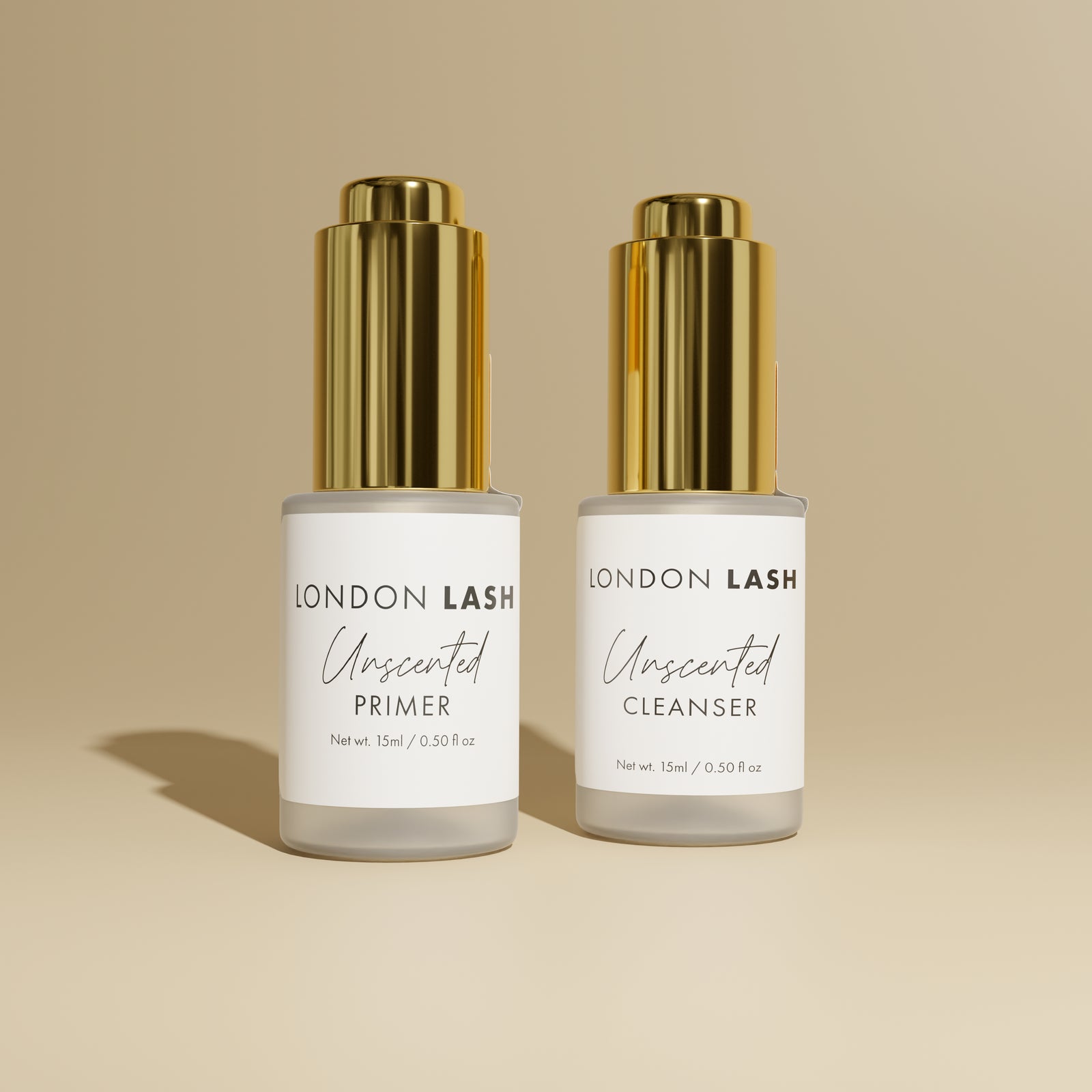New In
Glues & Liquids
Lashes
LASH LIFT
Dolla Nails Pro
Online Training
Save up to 57% off
Why Isn't Your Lash Prep Working?
February 02, 2024 7 min read

Why Isn’t Your Lash Extensions Pretreatment Working? | London Lash Tells All
If you’ve stumbled upon this blog post, then you are probably already using some sort of pretreatment routine during your lash treatments, and you know that great retention isn't just down to the application of your eyelash extensions, but also how you prep for them too. Creating a flawless set of lash extensions begins long before the first extension is ever applied - it starts with a meticulous and thorough pretreatment process. However, if you're finding that despite your best efforts, your lash retention isn't quite up to par, it might be time to take a closer look at your lash prep routine. That’s why we’re here! We’ll shed some light on the common pitfalls of lash prep and how to ensure your pretreatment process is as effective as your passion for your clients' lashes.

What is Pretreatment?
Before we dive into the reasons why your lash prep might not be working, it's crucial to first understand what pretreatment actually entails. It's a multi-step process designed to ensure the natural lashes are perfectly primed for the application of extensions. This process, if you’re doing our entire 5-step routine, involves using Lash Shampoo, Protein-removing Cleansing Pads, and Cleanser, followed by Primer and Retention and Speed Booster. The goal? To create a clean, oil-free surface that enhances lash retention. If you’re not convinced about why you need to be using all of these products, check out our Bare Minimum vs Ultimate Process pretreatment blog post for more insights.

Why Isn’t Your Lash Pretreatment Working?
So, there are several culprits that could be to blame…
1. Are You Skipping the Basics?
One of the first missteps is underestimating the power of Lash Shampoo. Not just any facial cleanser will do - we cannot emphasize enough the need for a specialized Eyelash Shampoo! Their formulations are specifically designed to gently yet effectively remove makeup, oils, and everyday grime without compromising the integrity of the natural lashes or the skin around the eyes. If your lash prep routine is lacking this fundamental step, you're setting your client up for potential issues with lash retention.
2. Are You Rinsing Thoroughly?
As we’ve just highlighted, choosing a high-quality Eyelash Shampoo that's formulated specifically for lash extensions can make a world of difference. These cleansers are designed to prepare the lashes for the adhesive, ensuring a stronger bond between the natural lash and the extension. However, even if you are using an Eyelash Shampoo, if you’re not using it correctly or not using a quality Cleanser, this can be just as detrimental to lash retention. Using the correct technique matters; a gentle, thorough cleansing is key. So, if you’re using the right product, then maybe it’s your technique that’s to blame. If the cleansing process is rushed, and the product has not been thoroughly washed off with water or a saline solution, it can lead to poor adhesion and poor retention.

3. Are You Applying the Products Correctly?
The way that you’re applying your pretreatment products also matters, as the incorrect application of pretreatment products could be the reason why your pretreatment isn’t working as it should. For example, applying too much Cleanser or Primer can negatively affect the outcome. So, it's crucial to carefully follow the product’s instructions and ensure you’re using the correct amount. Let’s go through each pretreatment product to pinpoint whether you’re applying them correctly:
Lash Shampoo: You should be applying one pump of foaming Lash Shampoo with a Lash Cleansing Brush, working it into the lash line gently. You then need to make sure that you rinse it off with lots of cool/lukewarm water or saline solution and softly pat the area dry. If you leave any traces of Lash Shampoo on the lashes, it can negatively affect your retention.
Protein Removing Pads: You can’t really go wrong with how you use Protein Removing Pads. You can either wrap a pad around your finger and gently wipe the lashes, lids, and the under eye, or, if this isn’t working for you, you can take a microfiber brush, push it into the pot of pads, and work the product into the lash line for a deeper cleanse - this technique is also great for infills!

Lash Cleanser: When it comes to Cleanser, you should be applying a single drop directly onto a microswab, and take care to wipe off any excess. Then, using a second microswab, sandwich the natural lashes between the two brushes and gently apply the Cleanser. Make sure that you’re paying close attention to the roots and where the lashes will be applied. A common mistake some Lash Techs make is either using too much or too little Cleanser, which can not only impact retention but having excess product on your microswab can also put your clients at risk of it dripping into their eyes or on their skin and causing painful irritation. If you think this is where you are going wrong, you can also use a wooden spatula to help you control the application process as a barrier between the eyes and the lashes.
JUST TO NOTE: Many lash extension brands offer both a Cleanser and a Primer, but the uses of these products can vary. In other cases, you may find that a Lash Primer is alcohol-based while the Cleanser is water-based, but here at London Lash, it’s the opposite. To achieve the best results, make sure you know the correct order in which to use your Lash Cleanser and Lash Primer (ours is Cleanser first, then Primer)!

Lash Primer: As Cleanser is usually alcohol based, it can be quite drying for the lashes (which is why you should avoid applying it to the tips of the lashes and the skin!). This is why you MUST follow it with Primer in order to rehydrate the lashes, and provide the perfect base for your lash glue to adhere to. So, if you’re missing this step, that could be your issue! When you’re applying Primer, be cautious not to apply too much - you only need a small drop of primer on your microfibre brush.
Retention and Speed Booster: In theory, if you use Retention and Speed Booster as instructed, the natural lashes become ‘magnetic,’ meaning you don’t need to hold the extensions to the natural lashes for as long to make it grip, and therefore improving retention and speeding up your treatment time. However, we don’t recommend Booster for beginners since you’ll still be getting to grips with perfecting your placement, so if you’ve applied any lashes in an odd direction that you want to change, it’ll be too late because using Booster will have cured your lash glue too quickly for you. So, if you’re a beginner, and you’re using Booster, this could actually have a negative effect on your final results. But for those who have conquered their lash placement and feel confident enough, go ahead and give it a go!

4. Are You Applying Pretreatment Products in the Right Order?
A crucial aspect often overlooked in the lash prep process is the order in which you’re applying your pretreatment products. This sequence is not arbitrary or optional; it's the best way to maximize the effectiveness of each product to ensure that the lash extensions adhere properly and last longer. We’ve broken down the correct order above, but why does it matter? Well, just think of it like this. Would you apply your makeup primer after your foundation? No, so why would you apply your Cleanser after your Primer? Each product has been formulated to follow a specific step, so you need to make sure that you’re using them in the correct order to get the best results.
5. Are You Skipping Steps?
Each step in the pretreatment process is designed to prepare the lashes for optimal adhesion. Skipping any steps, such as not using a Lash Cleanser or neglecting to apply a Primer, can lead to undesired results. For example, when you think, “Oh, I’ll just skip Protein Pads and Cleanser as I’ve already used Shampoo”, it's important to keep in mind that anything left on the natural lashes prior to applying lash extensions can have a negative effect on how long they last. This includes any residue from products such as Lash Shampoo too, which is why we suggest not using just Lash Shampoo to avoid this issue.
Another example? If you skip using Primer, but do the rest of your prep, the eyelash glue will take longer to cure than usual. This can cause the lashes to lean in the wrong direction, and the overall appearance of the set may not look uniform. Also, due to the slow drying of the glue, you may experience more stickies, which, obviously, neither you nor your client wants!
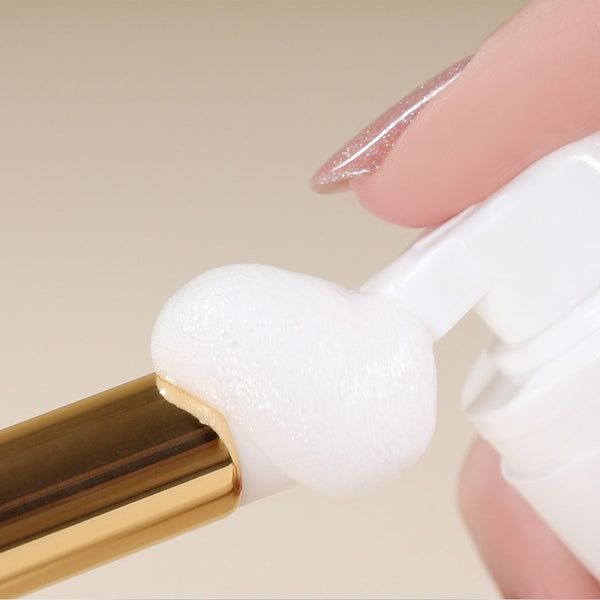
6. Are You Using Expired or Low-Quality Products?
The quality of the products you use during the pretreatment process cannot be overlooked. Low-quality lash pretreatment products can contain ingredients that interfere with the adhesive's ability to bond properly, and can even be potentially dangerous to use, especially around and on the eye area. Investing in tried and tested high-quality products from reputable suppliers, like us, ensures that you're giving your clients the best chance for long-lasting lash extensions.
Additionally, the shelf life of your pretreatment products also plays a significant role in their effectiveness. Expired products may not work as intended, leading to poor adhesion. To make sure this isn’t the case, try to keep an eye on the expiration dates of your products and set reminders to replenish your stock.
7. Are You Paying Attention to the Condition of Your Client's Natural Lashes?
Each client is unique, and the condition of their natural lashes and skin type will also play a significant role in the effectiveness of your pretreatment. Clients with particularly oily skin or those who use oil-based skincare products can present a challenge. In these cases, a more thorough cleansing routine may be necessary, so using all of the cleansing steps, particularly Cleanser, to combat this oiliness is a must! As well as if your client has come into the salon with makeup on, you’ll have to spend more time thoroughly cleansing their lashes to ensure that their eyelash extension retention will be on par with the rest of your lash sets.

If your pretreatment was once failing you, we hope that we have helped solve that issue for you! By understanding and addressing the common pitfalls of lash prep, you can significantly improve your lash retention and ensure your clients leave with beautiful, long-lasting lash extensions. So, keep prepping your clients’ lashes, and they’ll be coming back for a lash fill with great results!
Check out these featured products
Subscribe
Sign up to get the latest on sales, new releases and more …
